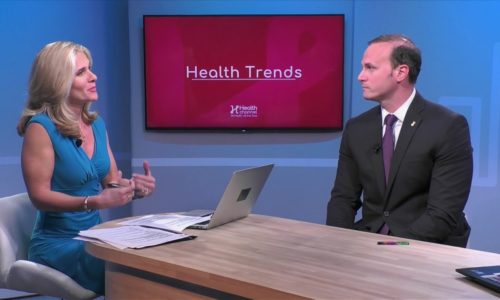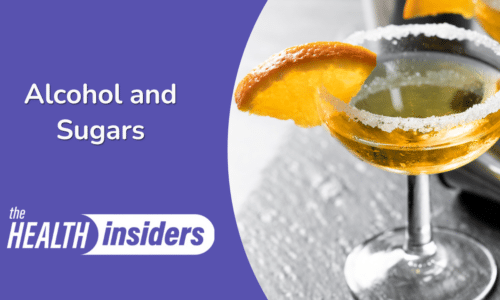What effect does excessive drinking have on the body? |

Many times, we tend to think of long-standing conditions, such as chronic liver disease, as being responsible for causing deaths due to excessive alcohol consumption. A recent study from the Centers for Disease Control (CDC), however, has shed new light on the actual causes of alcohol-attributable deaths. The main goal of this study was to update a previous analysis of alcohol-attributable deaths (AAD) and years of potential life lost (YPLL) in the United States that was performed in 2001. The study looked specifically at the rates of AAD and YPLL in each state and estimated the number of deaths and YPLL that specifically involved those younger than 21 years. Here are a few of the findings (in bold type) from that study:
- During the study period of 2006 through 2010, an average of 87,798 deaths occurred each year that were attributed to excessive drinking. Among working-age adults (ages 20-64), this amounted to approximately one in every ten deaths. Excessive drinking plays a role in causing a number of conditions including liver failure, acute pancreatitis, psychosis, esophageal cancer, breast cancer, oral cancer, falling injuries, suicide and drowning.
- It was estimated that excessive drinking was responsible for the loss of approximately two and a half million potential years of life lost each year. In other words, excessive alcohol consumption shortened the lives of those who died by about 30 years.
- Binge drinking, defined as four or more drinks in a sitting for women or five for men, was found to be responsible for 51 percent of all deaths due to excessive drinking. Binge drinking is the most common pattern of excessive alcohol use in the United States, and most people who binge drink are not alcohol dependent. Binge drinking is linked to an increased incidence of injuries (motor vehicle crashes, falls, drowning, etc.), violent acts (homicide, suicide, intimate partner violence, etc.), acute alcohol poisoning, and miscarriage. In the United States, a standard drink is considered to be 12-ounces of beer (5% alcohol), 5-ounces of wine (12% alcohol) or 1 ½ ounces of distilled spirits (40% alcohol).
- The majority of alcohol-attributable deaths (71%) and YPLL (72%) involved males. One factor that could have contributed to this statistic is that binge drinking has been found to be twice as common among men as compared to women. Among drivers in fatal motor-vehicle traffic crashes, men are almost twice as likely as women to have been intoxicated.
- The most common cause of chronic AAD was alcoholic liver disease, while the most common cause of acute AAD was motor-vehicle traffic crashes. In 2011, the number of alcoholic liver disease deaths was found to be 16,749. Alcohol-impaired driving crashes caused 10,228 deaths in 2010.
- The highest rate of annual alcohol-related deaths occurred in New Mexico (51 deaths annually per 100,000 people), while the lowest was reported in New Jersey (19 per 100,000). The study’s authors offered several possible explanations for this difference including state policies on selling alcohol, differences in drinking patterns, and differences in access to health care, including emergency departments.
- During the years 2006-2010, an average of 4,358 AAD and 249,727 YPLL involved individuals under the age of 21. Approximately three fourths of these were males. The three leading causes of death in this age group were acute, rather than chronic conditions. These were— motor-vehicle accidents, homicide, and suicide. Of these, traffic crashes alone accounted for 36% of the total.
Because of the way that data was gathered, the authors of this study felt that they most likely underestimated, rather than overestimated, the toll on life and life expectancy related to excessive alcohol intake. Of particular concern from this study is the finding that binge drinking is as great a concern as is chronic alcoholism. The Dietary Guidelines for Americans defines moderate drinking as no more than 1 drink per day for women and no more than 2 drinks per day for men. The CDC, however, points out that there are some persons who should not drink alcohol at all, including those who are:
- Pregnant or trying to become pregnant.
- Taking prescription or over-the-counter medications that may cause harmful reactions when mixed with alcohol.
- Younger than age 21.
- Recovering from alcoholism or are unable to control the amount they drink.
- Suffering from a medical condition that may be worsened by alcohol.
- Driving, planning to drive, or participating in other activities requiring skill, coordination, and alertness.
If you have any more questions just Ask Hanna, our health advisors are here to help.
Image: ©Shutterstock / IvanZivkovic








